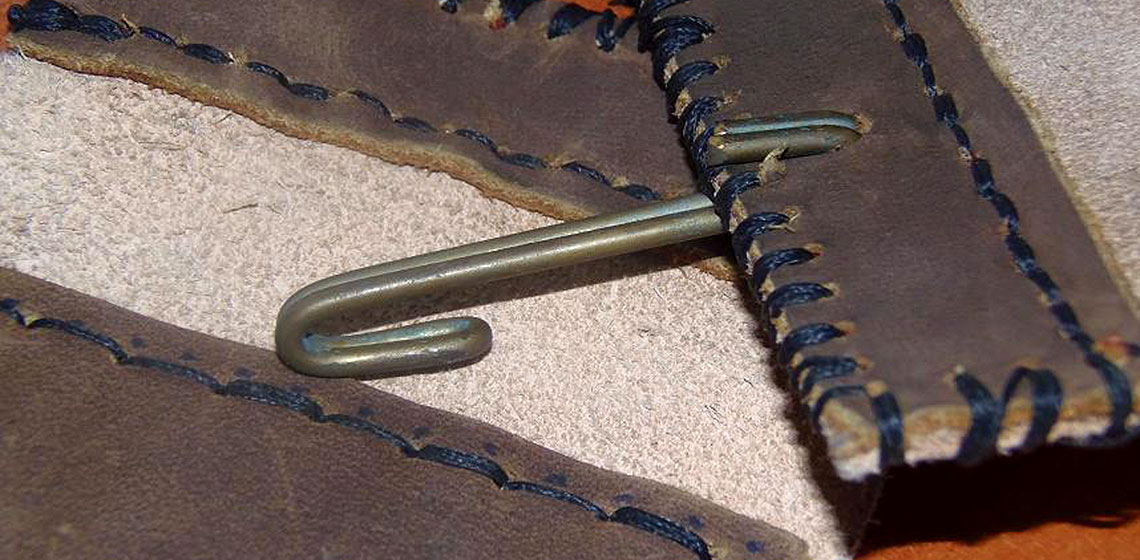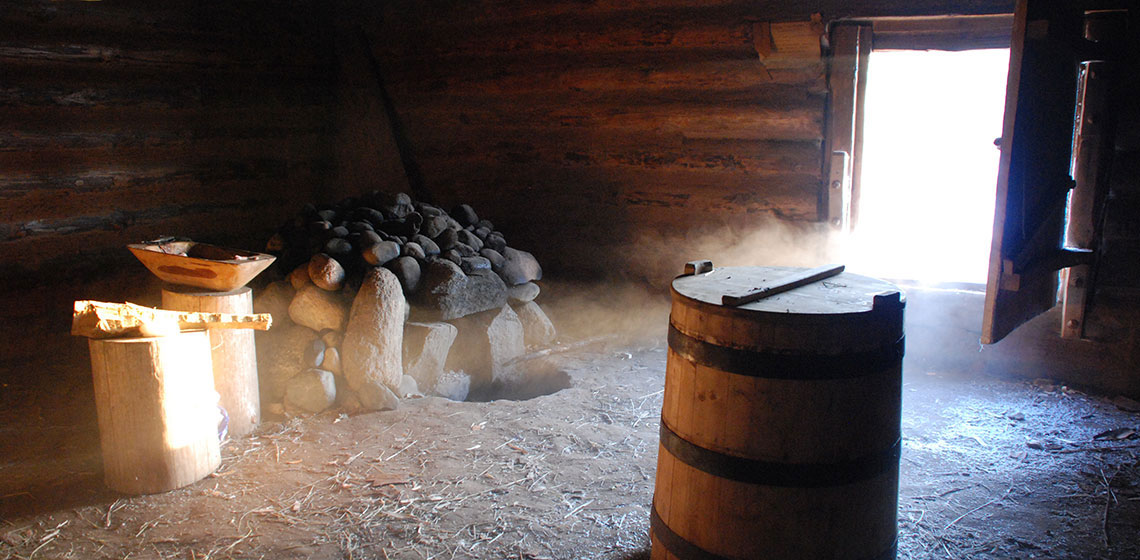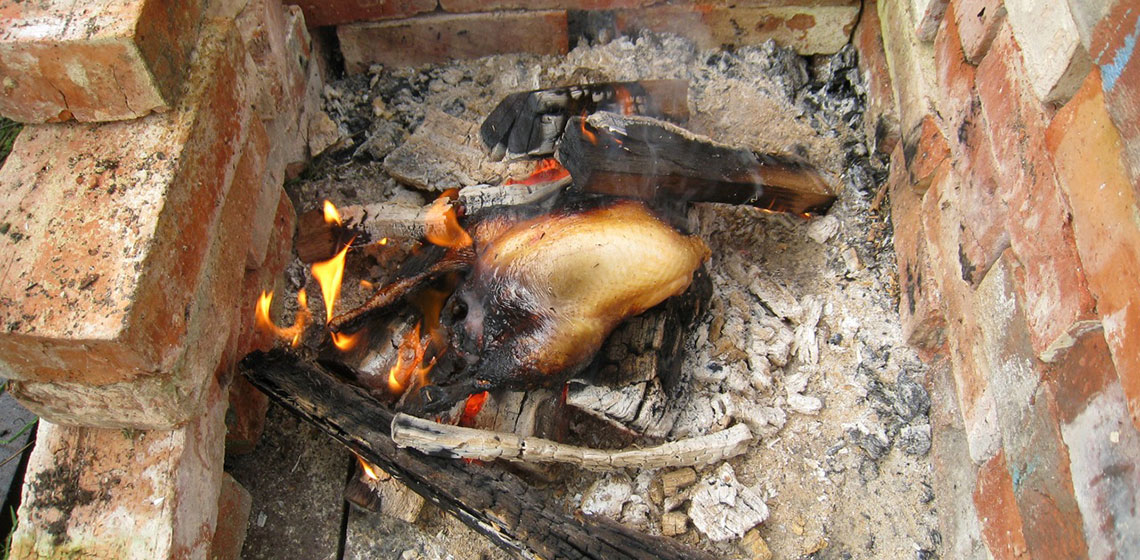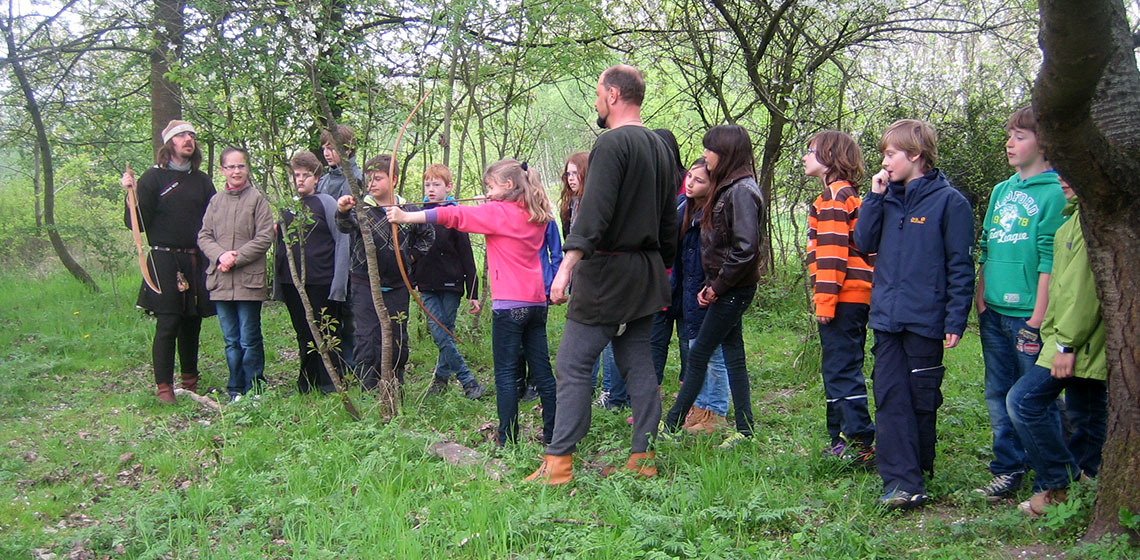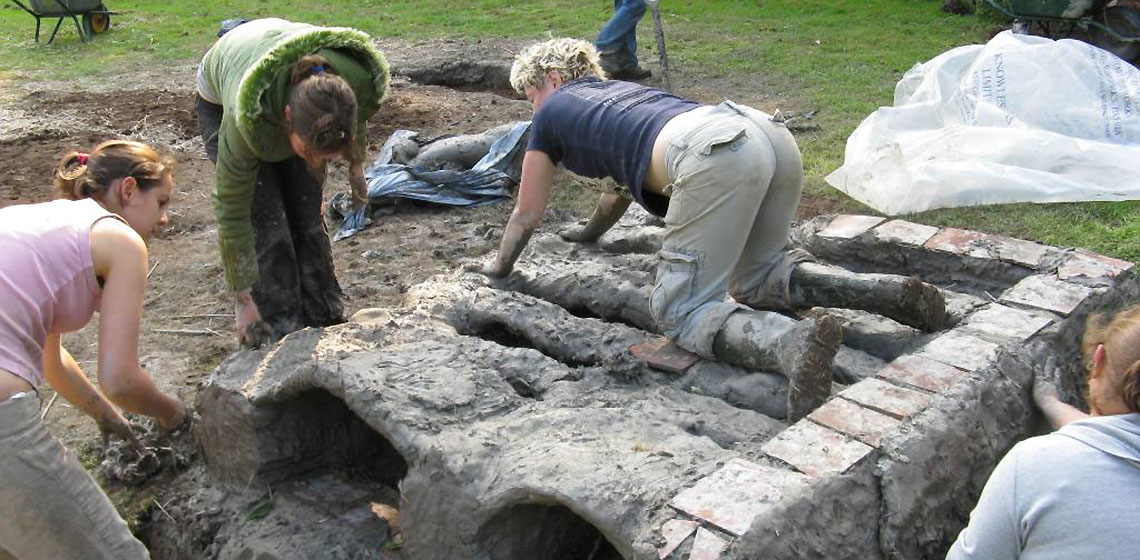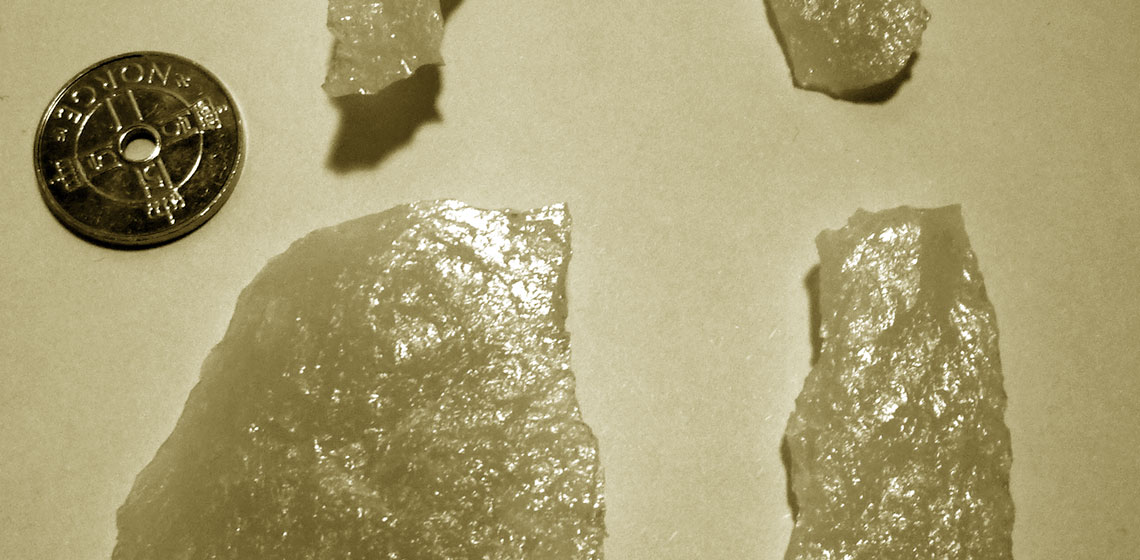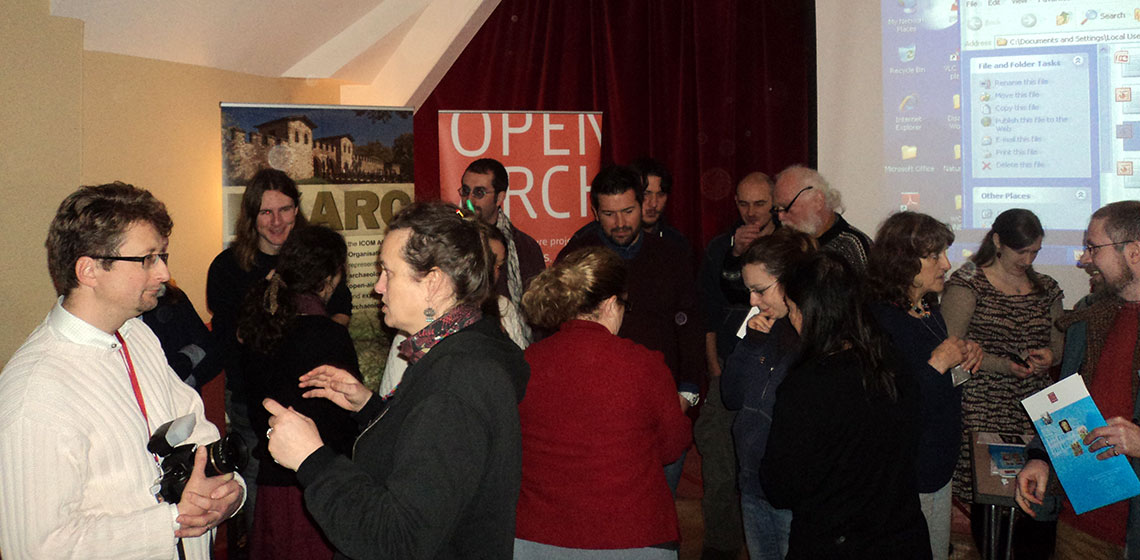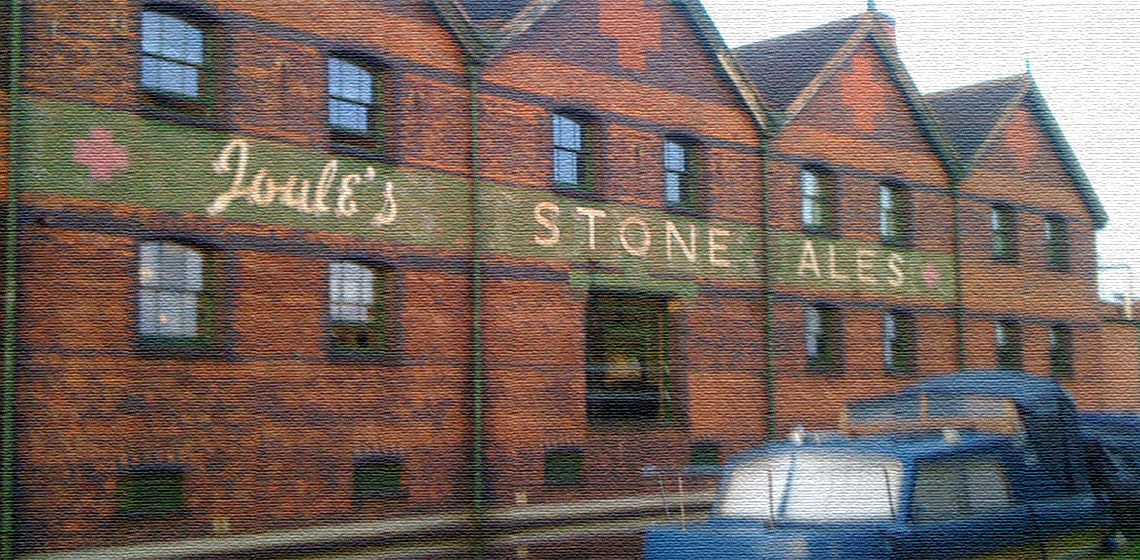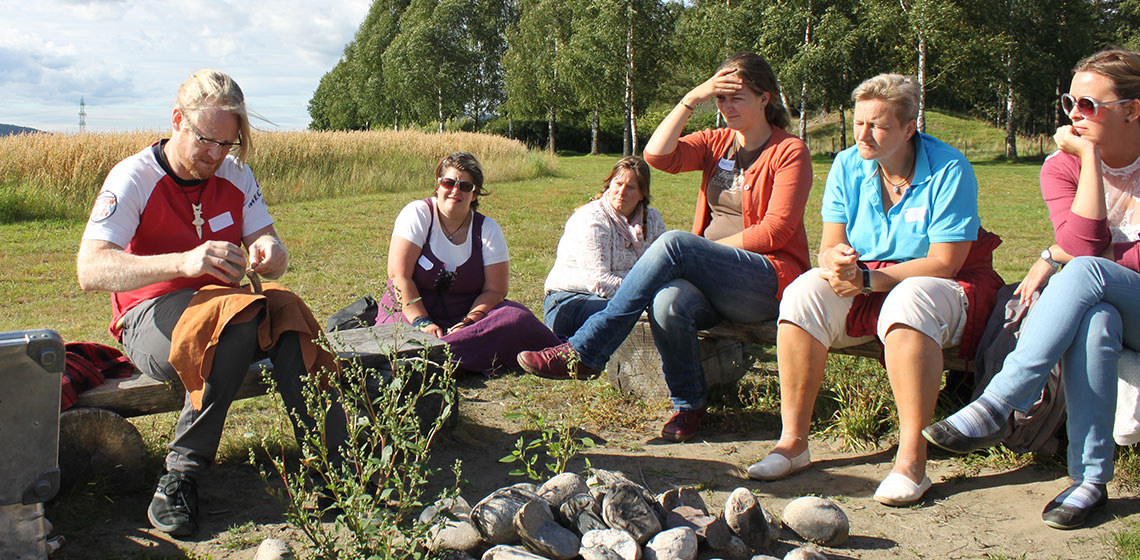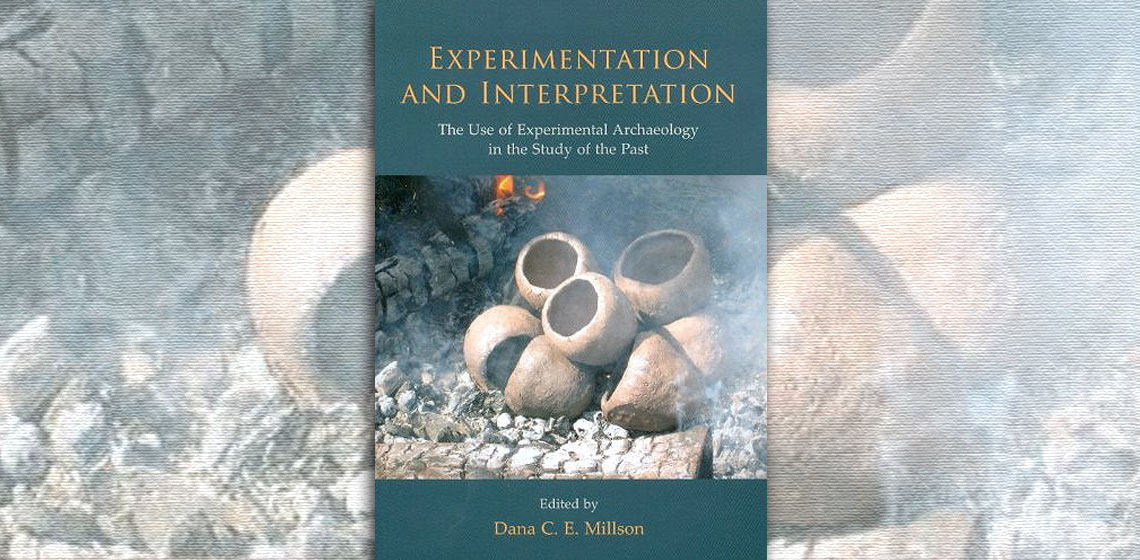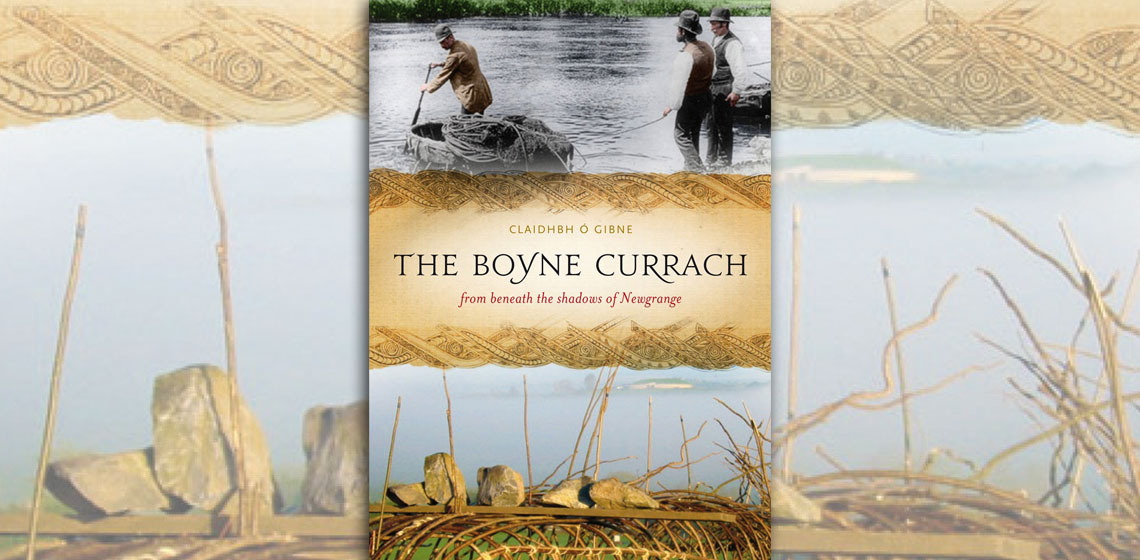EXARC Journal Issue 2013/2



16 Articles | DOAJ | Open Access
ISSN: 2212-8956
Publishing date: June 15, 2013
📄 EXARC Journal 2013/2 Table of Contents
Copyrights: EXARC, 2013
Summary
The EXARC Journal 2013/2 contains articles such as Aspects on Realizing House Reconstructions: a Scandinavian Perspective or Testing a Reconstruction: A Frosty Week in a Viking Age House and much more. With this issue we have started publishing the Proceedings of the 7th UK Experimental Archaeology Conference Cardiff 2013, featuring five articles so far.
Reviewed Articles
Where Were the Viking Brew Houses?
***The authors have over 15 years' experience in experimenting with recreating ancient and traditional techniques of making ale from malted grain. Graham is a craft brewer, with 30 years' experience making beer from the grain. Merryn is an archaeologist, with an interest in malting and brewing technologies...
Aspects on Realizing House Reconstructions: a Scandinavian Perspective
1987 ESF Proceedings
The 1980s was the beginning of a boom in the construction of archaeologically inspired buildings inside and outside archaeological open-air museums.
***Experiments are an integrated part of archaeological research, a tool used to analyse and understand archaeological phenomena. It is a method as legitimate and as problematic as so many others. The reconstruction of wooden buildings is a main branch of experimental archaeology.
A Picenian Warrior Who Lived in the Eight Century BC: A Hypothetical Reconstruction
Various populations inhabited this territory from the tenth to the early third century BC, when the Roman army took control of it: the Laziali and Sabini in Lazio, the Etruscans and, from the fifth century, Celts in Toscana and Emilia Romagna, Umbri in Umbria and Picenians in Marche and Abruzzo. At the beginning of the Iron Age, and until the eighth century, we have evidence of other populations as well. The most ancient group being the Sub-Apenninical culture, which were Villanova and Proto-Villanovan populations that seem to have had towns in the Region Marche.
An Experimental Programme for the Collection and Use of Retouching Tools Made on Diaphyseal Bone Splinters
Testing a Reconstruction: A Frosty Week in a Viking Age House
The Production of High Carbon Steel Directly in Bloomery Process: Theoretical Bases and Metallographic Analyses of the Experiments Results
***The series of experiment on iron smelting conducted by author in 2012 resulted in very good quality high carbon steel produced directly in the bloomery furnace. Bearing in mind the unusual mechanism of carburization in a 'Aristotle furnace', a question arose concerning possibility of occurrence the same phenomenon during the smelting process. This paper discusses the results of the metallographic studies of produced iron as well as the description of the conducted experiments.
Fire and Bone: An Experimental Study of Cremation
***Many bone fragments have been burned in controlled laboratory conditions but few have been burned on outdoor pyres. In order to study and understand cremated bone, it is crucial to conduct experiments in real environmental conditions. In this study several cremations were carried out outdoors...
A Playground Amongst Museums - The Bauspielplatz: from an Open-air Youth Centre to a History Experience Site - an Unusual Development
Let’s Build a Medieval Tile Kiln - Introducing Experimental Archaeology into the University Curriculum
***As a lecturer at the University of Central Lancashire (UCLAN) I teach a course on medieval archaeology and run a successful programme in designing exhibitions for local museums and community groups. I also encourage my students to take part in the community archaeology and history projects...
Lithic Experiments in Rescue Archaeology: a Case from Southern Norway
***The institutional context in which Stone Age knowledge production takes place in Norway is structured by the current system of cultural heritage management (CHM). By virtue of the Heritage Act from 1978 and the regulations on professional responsibilities, the practical work of surveying and excavating prehistoric sites is divided respectively between the 19 County Councils and the five archaeological government museums...




